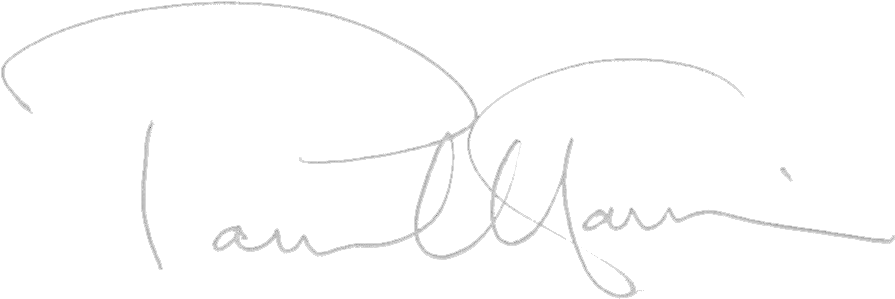In the Summer of 2000 I had the great pleasure of meeting James Gillespie, editor of The Clarinet Journal, during the International Clarinet Association (ICA) convention in Oklahoma. James asked me if I would like to contribute a regular column – an invitation that I found both humbling and daunting! The following ‘Letter from the UK’ was first published in May 2005 in The Clarinet Journal, the official publication of the ICA.
I wonder whether you have a copy of the Temple-Savage Difficult Passages from the Symphonic Repertoire? These three worthy volumes of over five hundred and fifty carefully-selected orchestral excerpts were published by Boosey and Hawkes in 1947. The writer, Richard Temple-Savage, was a pupil of Charles Draper and Jack Thurston and a founder player, alongside the young Jack Brymer, of the Ernest Read Orchestra. He went on to study at the Royal College of Music and then joined the London Philharmonic Orchestra under Sir Thomas Beecham as bass clarinet and librarian. His LPO years must have been as rewarding as they were gruelling. Two concerts a day (especially through the war years), often in different parts of the country, inspired him to write his Five Foolish Fancies for a number of his colleagues including Malcolm Arnold, the clarinettist Nick Tschaicov and flute player Richard Adeney. This evidently entertaining work (sadly now lost) – with movements including ‘Overture to a Reluctant Landlady’, ‘Looking for Digs’, ‘No rehearsal’ and ‘No Beer’ – must have cheered his fellow players up no end, as well as being one of the first pieces to make use of such frivolous titles! Nick Tschaicov tells me that ‘Dick’ also wrote him some interesting studies (also lost) and was thought, at the time, of as one of the grand old gentlemen of the orchestra. Later he moved on to the Covent Garden Orchestra where he was also librarian – and thus again surrounded by scores and parts, which must have spurred on the writing of his now famous three volumes. Evidently Boosey and Hawkes were not keen on including parts for the A clarinet, which is why all the ‘A’ excerpts include a transposition for B flat. These very useful books are still available and soon to celebrate their 60th birthday.
Some very good news concerning my pupil Julian Bliss – following his excellent debut CD for EMI, he has been invited to record exclusively for EMI on their main label. Among his recent adventures, he’s been out to China to play the Nielsen and Mozart Concertos.
You may be horrified by my next announcement! You may consider it an absolute sacrilege or, on the other hand, you may think it practical and timely. Let me keep you in suspense a little longer ... As a teacher I’ve always been tremendously keen to give as many of my pupils as possible the chance to play great music; it lifts their spirits to begin grappling with the major works in the repertoire. And it deepens their musical understanding. Just as one often plays so much better and perceives so much more when sitting next to a superior player in an orchestra, young players respond to the study and performance of master works with a perceptible increase of comprehension and insight. A significant problem with some of these masterworks, however (and I’m thinking of the Sonatas by Brahms and Reger, for example), is that they have formidable piano parts. And this often inhibits performance opportunities, as the number of accompanists able to take on these mammoth pianistic challenges may be few and far between. It’s long been a desire of mine to do something about this, so here’s the revelation: I’m about to publish an edition of the Brahms E Flat Sonata with a much-simplified piano accompaniment.Whether this strikes you with horror or delight, let me explain the process and try to put your mind at rest. Working closely with a wonderful pianist, Benjamin Davey, we have discussed, trialled, re-written and re-trialled until we’ve ended up with a piano part that remains true to Brahmsian sonorities whilst being technically very much easier to play. We’re calling the edition Rehearsal Brahms in the hope that many clarinet teachers (who may have limited pianistic ability) can finally give their pupils a strong taste of the full musical picture and help in beginning to unlock the secrets of this extraordinary work. And in addition it gives young clarinettists the chance to pair up with their pianist friends to play through and work on the piece on their own. But I also suspect that it may be used in performances too – allowing many more players the profound joy of performing Brahms in public. If the edition is met with a positive response we may well have a go at doing the same for one or two more great works. Reactions are welcome!

